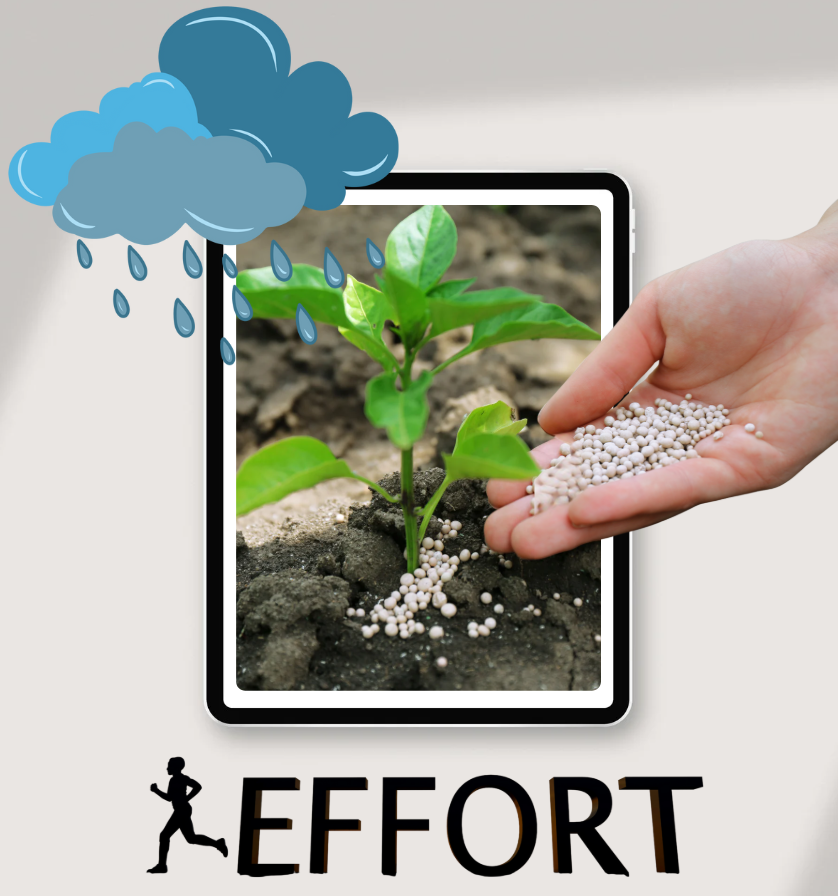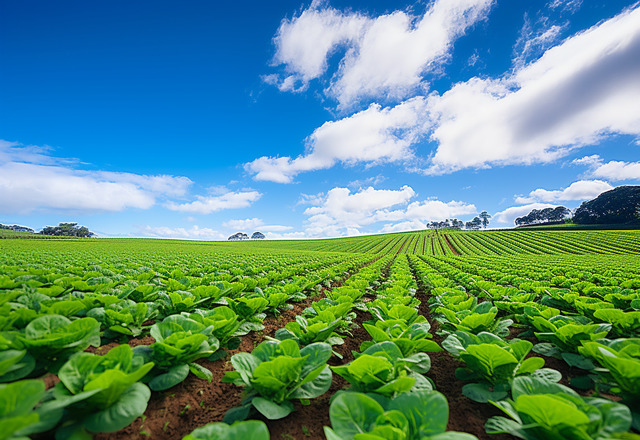
THE IMPACT OF NEW AND UNCERTAIN PESTS AND DISEASES
THE IMPACT OF NEW AND UNCERTAIN PESTS AND DISEASES
1. Overview of new and unidentified pests.
New and unidentified pests are harmful species (insects, bacteria, viruses, fungi, etc.) that have not been recorded or thoroughly studied in the cultivation area. They may possess new biological characteristics, high levels of harm, or a risk of rapid spread across borders and cultivation areas. Sometimes, these are species that have existed in other parts of the world, but due to the impacts of climate change, globalization of trade, or environmental changes, they have invaded the local area and become a new threat to agriculture.
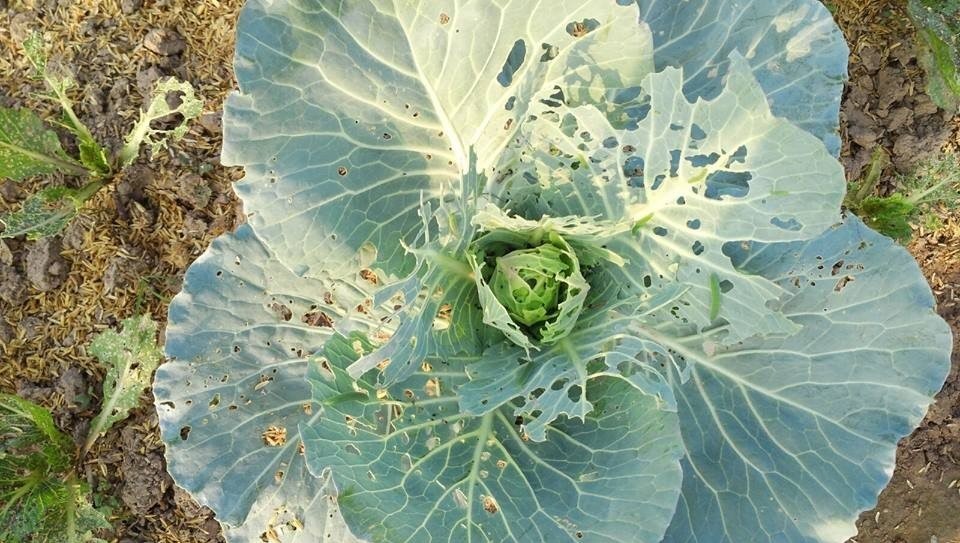
The lack of understanding of biological characteristics, life cycles, hosts (target crops), and transmission mechanisms makes it difficult to detect and control new pests and diseases in a timely manner. This can lead to significant losses in yield, food insecurity, and serious economic losses. Additionally, the risk of pesticide abuse as a response can also result in negative consequences for the environment and human health.
2. The reasons for the emergence of new and unidentified pests.
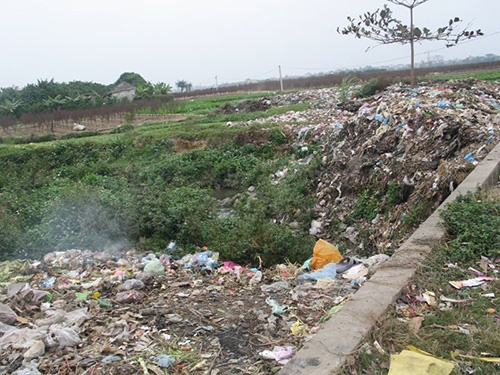
- Climate change
- Increasing temperatures and changing rainfall patterns, droughts, and floods are expanding the habitat of pests.
- Some tropical pest species can advance further into temperate regions, growing faster and producing more generations in a year.
- Globalization of trade
- The movement of agricultural products between countries, especially fresh fruits, seedlings, wood, and packaging materials (pallets) containing eggs, pest larvae, or pathogens.
- The lack of strictness in the plant quarantine system creates opportunities for the invasion of foreign pests.
- Changes in farming practices
- Intensive monoculture of a single variety, excessive use of chemical fertilizers and pesticides => reduces biodiversity, disrupts the balance between natural enemies and pests.
- New cultivation techniques (greenhouses, tissue culture, etc.) can unintentionally spread pathogens if not tightly controlled.
- Environmental degradation
- Deforestation, overexploitation of resources, and loss of natural habitats lead to wild pests "shifting hosts" to agricultural crops.
- Soil, water, and air pollution cause stress to plants, weakening them and making them more susceptible to new pathogens.
3. The mechanism of spread and invasion of new pests and diseases.

- The path of introduction
- Through international trade: Pests and diseases can be hidden in seeds, tubers, fruits, wood, or even cling to the surfaces of containers.
- Through transportation and tourists: Eggs and spores can attach to clothing, shoes, and luggage.
- Natural factors: Strong winds, water currents, migratory birds, and migrating insects.
- The rapid dissemination mechanism
- Suitable climate and host plants: When entering an area with appropriate temperature, humidity, and crop types, pests quickly establish their populations.
- Lack of specialized natural enemies: Without natural enemy species, new pests can easily proliferate.
- No effective control procedures: Specialized agencies fail to promptly identify the species, leading to inaccurate use of chemicals and biological measures, allowing pests to spread easily.
- Difficulties in monitoring
- Classification and identification of new species or variants require advanced techniques and modern laboratories.
- The cultivation environment is dispersed, small-scale, lacking communication, making it difficult for farmers to report early when they notice unusual signs.
4. Impact on agriculture and the environment

- Damage to the productivity and quality of agricultural products
- Pests and diseases can destroy crops in a short time, especially for food plants (rice, corn, potatoes), fruit trees, and vegetables.
- Products affected by pests and diseases become damaged, scarred, or rotten, leading to a loss of market value or making them unsuitable for export.
- Increased costs for prevention and treatment
- Farmers are forced to use various types of pesticides to test for pest control.
- Labor costs, spraying equipment, and control measures are all increasing, creating an economic burden.
- If pest management is ineffective, pests will re-emerge, costs will continue to rise, and farmers will fall into a vicious cycle.
- Risk of food security loss
- When pests spread, yields decrease, food prices rise, particularly affecting poor households and underdeveloped areas.
- Some countries that rely on agricultural exports will suffer serious losses in foreign currency, impacting the macroeconomy.
- Environmental and health impacts
- Pesticide and herbicide abuse => soil, water, and air pollution, affecting biodiversity.
- Farmers and communities are at risk of chemical poisoning and occupational diseases.
- Ecosystem degradation: native natural enemies are destroyed, ecological imbalance, and secondary pest outbreaks occur.
- Threat to natural ecosystems
- New diseases are attacking forest trees and endemic habitats, pushing some endangered plant species to the brink of extinction.
- The environmental balance is disrupted, affecting biological interactions and causing long-term damage.
5. Some typical examples (for illustration purposes)
- Fall armyworm (Spodoptera frugiperda)
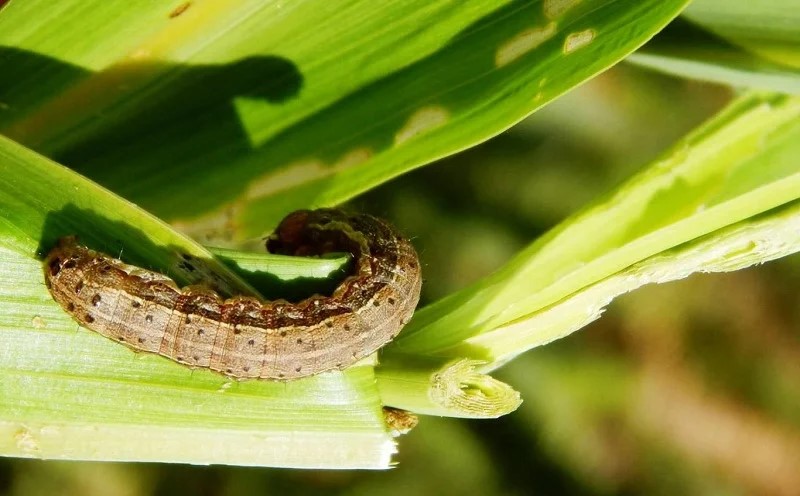
- The species of caterpillar originated from America and has invaded many countries in Asia and Africa, causing significant damage to corn, rice, and sugarcane.
- Its ability to move quickly, short life cycle, and good resistance to pesticides pose major challenges in control and management.
- Dragon's broom disease on longan
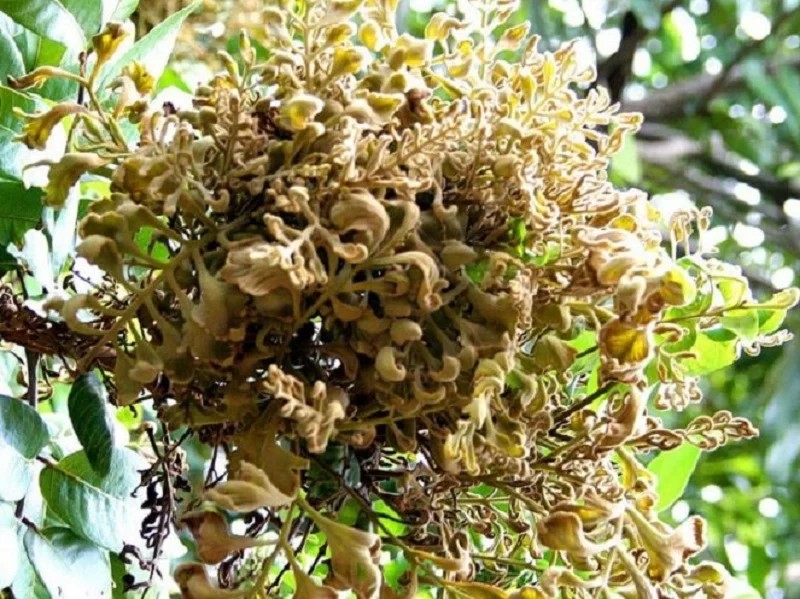
- First discovered in the Mekong Delta (Vietnam), caused by a type of phytoplasma.
- It causes leaf drop, branch stunting, and reduced yield, forcing farmers to destroy their longan orchards en masse.
- Economic losses amount to hundreds of billions of VND, impacting the domestic and export supply chains of longan.
- Viral disease on pepper plants
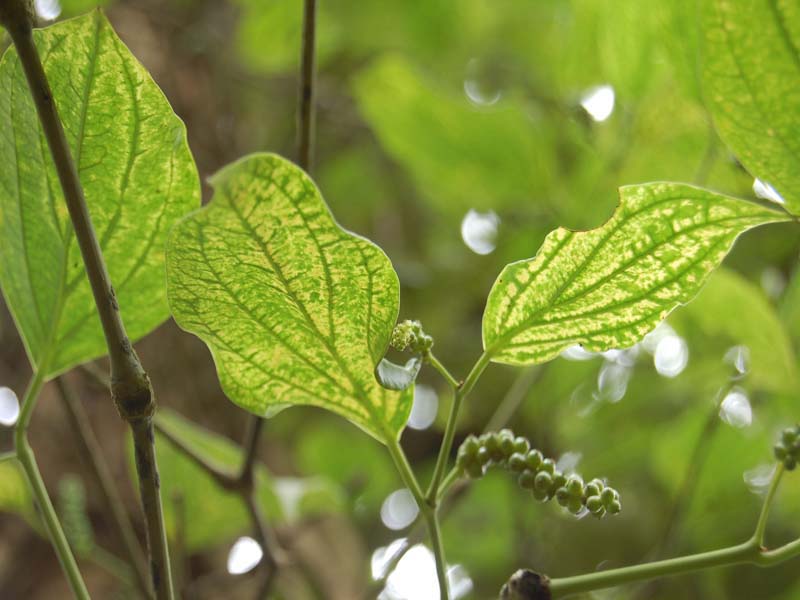
- Some pepper varieties are infected with a new virus, showing yellowing leaves and mass fruit drop.
- The transmission mechanism is through sap-sucking insects or infected plant cuttings, making it difficult to completely eradicate if the cultivation area is not managed closely.
6. Preventive and response solutions
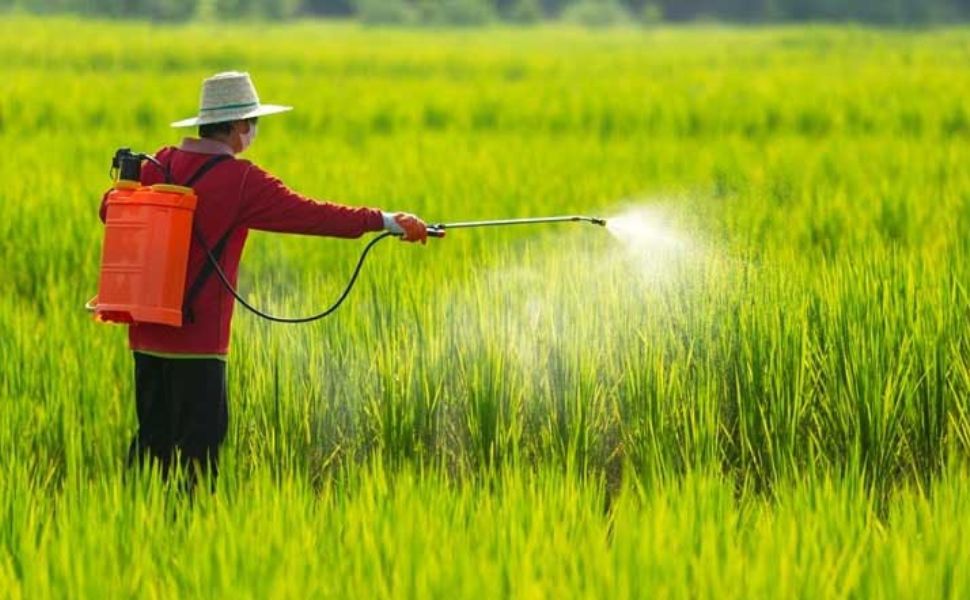
For new and unidentified pests, proactive measures are always a crucial factor. The following solutions need to be implemented in a coordinated manner:
6.1. Enhance monitoring and early warning capabilities
- Strict plant quarantine
- Thoroughly inspect all shipments of agricultural products, seeds, and seedlings imported; use equipment to detect eggs, larvae, and pathogens.
- An electronic declaration system to share data between seaports, airports, and border gates for timely processing.
- Establish a community monitoring network
- Train farmers and local officials on how to identify signs of new pests and diseases.
- Establish a hotline or mobile application to report pest situations and send samples to specialized centers for analysis.
- International cooperation
- Participate in agreements and organizations for plant protection (IPPC), share information, technology, and pest samples.
- Update international scientific reports and forecast pest species at risk of invasion.
6.2. Research and develop preventive and control measures.
- Quick classification and identification
- Use molecular biotechnology (PCR, gene sequencing) to accurately identify pest species and avoid confusion.
- Update the DNA barcode database of important pest species.
- Development of resistant or tolerant varieties
- Create and edit genes (if permitted by law) to produce plant varieties that are resistant or less susceptible to new pathogens.
- Analyze the genetics of harmful species to select appropriate control methods.
- Establishing IPM (Integrated Pest Management) protocols for new species
- Combine pheromone traps, light traps, natural enemies (parasitic fungi, parasitic wasps), crop rotation, and field sanitation...
- Limit the use of plant protection products, prioritizing the use of biological pesticides and plant extracts to reduce the risk of resistance and pollution.
6.3. Management and rational use of plant protection products
- Classification and prioritization of safe pesticides
- Use the correct type of medication, the right dosage, and alternate active ingredients to avoid drug resistance..
- Strengthen the control of drug quality, and stop counterfeit and substandard medications.
- Technical training for farmers
- Mixing methods, safe spraying of pesticides, adhering to the waiting period, and occupational safety.
- Providing warnings about the harmful effects of pesticide abuse and guidelines for proper disposal of packaging.
6.4. Developing information systems and communication.
- Digital transformation in agriculture
- Mobile app, pest warning website, connecting farmers and experts for Q&A.
- Data storage: occurrence time, weather conditions, crop responses… => building a forecasting model.
- Community communication
- Disseminate knowledge through radio, television, and social media.
- Organize seminars and forums to share experiences in pest control, including new and unidentified methods.
7. Conclusion
New and unidentified pests and diseases are becoming a serious threat to global agriculture in the context of climate change and extensive trade integration. They can cause significant damage to productivity and the quality of agricultural products, drive food prices up, and impact food security.
To cope with the situation, strict monitoring solutions, scientific research, integrated pest management (IPM), and international cooperation are extremely important. Raising farmers' awareness, applying advanced technology, combining training for specialized staff, and establishing an effective warning mechanism will help detect early, zone in, and control pests in a timely manner before new diseases spread. At the same time, it is necessary to use safe plant protection products, prioritize biological methods, and maintain a sustainable environment, ensuring both productivity and the protection of human health and ecosystems.
Only a synchronized collaboration between the government, scientists, businesses, and farmers can successfully address the serious challenges posed by new pests. Through this, agriculture will maintain its foundational role, contributing positively to food security and sustainable development.
Bình luận
Những bình luận mới nhất
